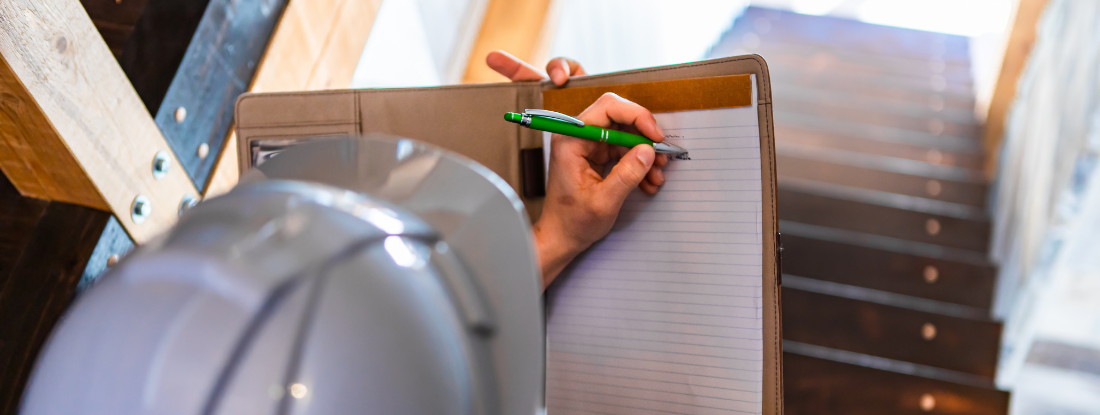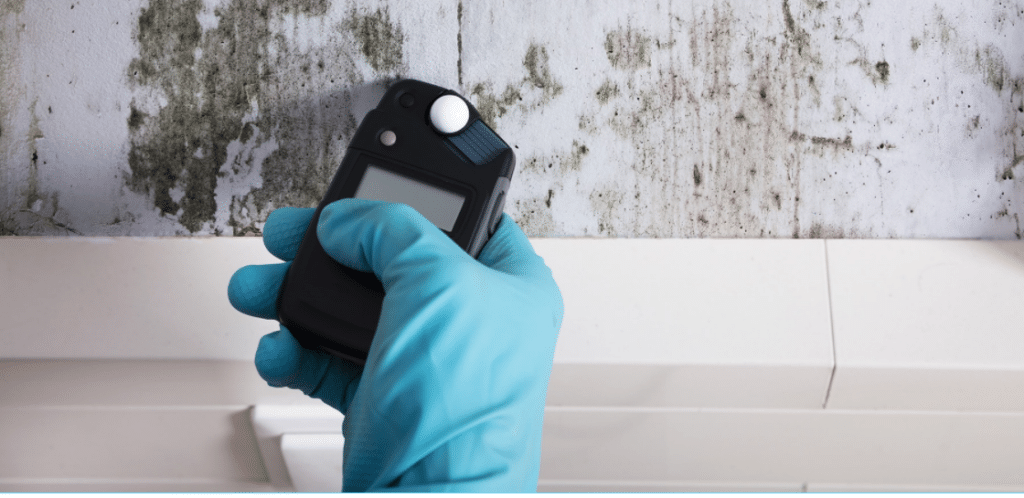Situating Post Remediation Inspection Near Me Solutions
Wiki Article
Your Ultimate Guide to Article Mold And Mildew Removal Methods
Navigating the world of post-mold remediation techniques is a careful process that requires attention to information and a thorough understanding of the complexities involved. In the after-effects of mold and mildew invasion, recognizing exactly how to properly eliminate the mold and mildew and avoid its reoccurrence is critical for maintaining a healthy and balanced interior setting. From selecting the right cleaning and sanitizing methods to executing approaches for long-lasting mold prevention, each action in the removal trip plays an essential duty in guaranteeing a successful end result. As we begin on this exploration of post-mold remediation techniques, we will reveal the vital techniques and finest techniques that can help you restore your area to its pre-mold problem and safeguard it versus future mold and mildew dangers.Recognizing Post-Mold Remediation Process
After finishing the mold and mildew remediation procedure, it is critical to understand the post-mold removal methods that are required to ensure a efficient and complete cleanup. Once the mold has been removed, the next step entails cleansing and disinfecting the affected locations to avoid any kind of regrowth of mold.
In addition, performing a final inspection post-remediation is vital to ensure that all mold has actually been efficiently eradicated. This inspection ought to entail a complete aesthetic check as well as perhaps air tasting to confirm the lack of mold spores in the air. Additional removal might be required if the inspection exposes any kind of sticking around mold and mildew. Enlightening owners on precautionary measures such as managing wetness degrees and promptly dealing with any type of water leaks can assist keep a mold-free environment.
Effective Cleaning Up and Disinfecting Techniques

Stopping Future Mold And Mildew Growth

Significance of Correct Ventilation
Proper ventilation plays an essential duty in preventing dampness build-up, a vital element in mold growth within indoor environments. Efficient ventilation systems assist get rid of excess moisture from the air, minimizing the possibilities of mold spores locating the wetness they need to spread and sprout. Without adequate air flow, indoor rooms can become a breeding place for mold and mildew, causing potential health risks and architectural damage.By making sure correct air circulation, ventilation systems can likewise aid in drying out wet locations faster after water damages or flooding events, further discouraging mold growth. testing air quality after mold remediation. In areas like shower rooms, kitchens, attics, and basements where wetness degrees tend to be greater, mounting and keeping efficient air flow systems is critical in protecting against mold infestations

Monitoring and Upkeep Tips
Offered the critical function that proper ventilation plays in stopping mold growth, it is important to develop efficient monitoring and maintenance tips to guarantee the continued performance of ventilation systems. Tracking moisture levels within the residential property is likewise vital, as high humidity can contribute to mold development. By remaining proactive and alert to the problem of ventilation systems, property owners can properly mitigate the threat of mold and mildew regrowth and preserve a healthy interior setting.
Conclusion
Finally, post-mold remediation methods are necessary for guaranteeing a tidy and secure atmosphere. Recognizing the process, executing reliable cleaning and sanitizing techniques, protecting against future mold development, preserving proper air flow, and routine monitoring are all crucial action in the removal process. By following these standards, you can efficiently get rid of mold and prevent its return, advertising a healthy and balanced living or functioning room for all occupants.In the results of mold and mildew invasion, knowing just how to efficiently get rid of the mold and stop its reoccurrence is vital for maintaining a healthy and balanced interior atmosphere. As soon as the mold has actually been eliminated, the following testing air quality after mold remediation step entails cleansing and sanitizing the affected locations to prevent any kind of regrowth of mold and mildew - Post Mold Remediation Report. After removing visible mold and mildew development, it is vital to cleanse all surface areas in the affected area to eliminate any staying mold spores. To additionally enhance mold avoidance measures, it is essential to resolve underlying concerns that originally led to mold and mildew development.Offered the important role that correct air flow plays in stopping mold and mildew growth, it is important to develop effective surveillance and maintenance pointers to make certain the continued capability of ventilation systems
Report this wiki page